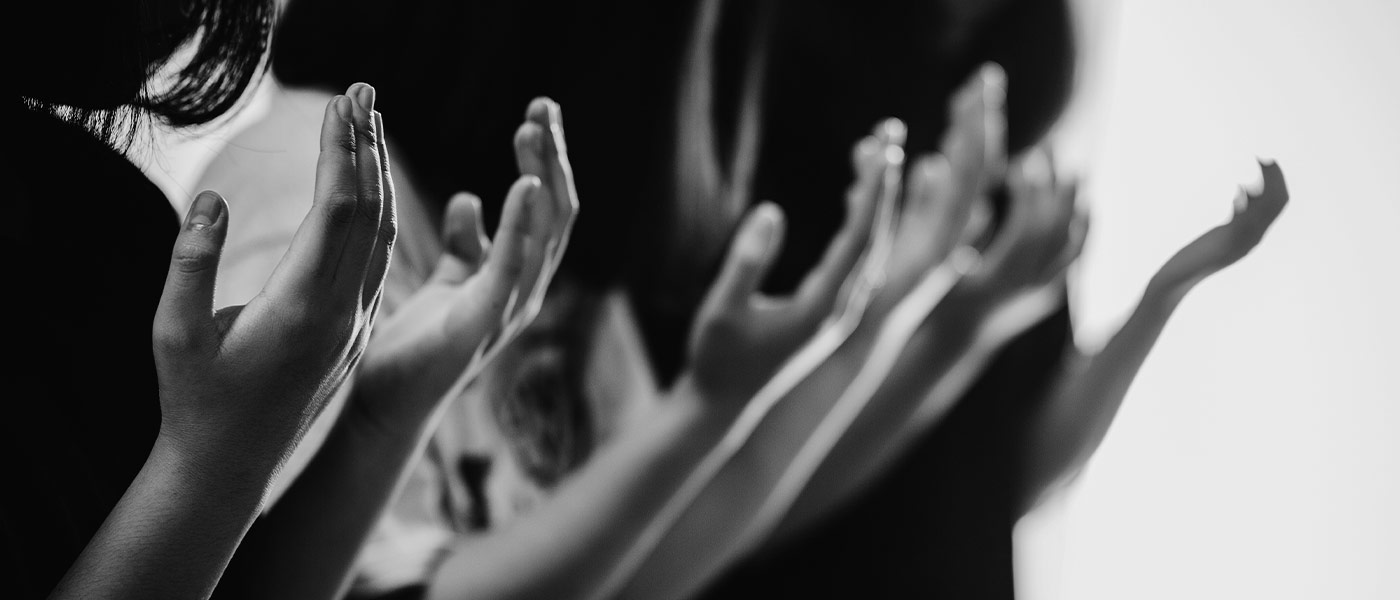Black teenagers in urban environments who were more involved in religious activities were less likely to engage in alcohol and substance use and other delinquent behavior, according to two recent studies by social sciences researchers at Case Western Reserve University.
The most recent findings, published this fall in the Journal of Religion and Health, identified the relationship between “religiosity” and positive behavioral outcomes. In other words, staying connected with strong social support groups serves as a “protective factor” for the teenagers studied, said Dexter Voisin, dean of Case Western Reserve’s Jack, Joseph and Morton Mandel School of Applied Social Sciences, the senior author of both studies.

“When we say religion and religiosity, we’re really talking about a proxy for social connections,” Voisin said. “We’re talking supportive institutions that have historical and contemporary relevance to many positive outcomes in the Black communities.”
Voisin collected data from 623 youth in Chicago used for both studies.
The most recent study revealed three distinct groups among the teenagers:
- 15% who reported “low religious beliefs and engagement;”
- 56% who described themselves as “religious but not super active;” and
- 28% who were “highly religious and really active.”
Participants in the highly religious classification group reported engaging in fewer theft, assaults, physical fights—as well as less alcohol and cannabis use relative to the other two religious classification groups.
The findings suggest that for some youth, religious environments can provide positive countervailing influences that can mitigate negative peer influences that could result in risky youth behaviors, Voisin said.
He said an old adage applies: “Birds of a feather flock together and fly in the same direction,” he said. “But if you belong to networks with positive peer support, then negative peer pressure isn’t as strong.”
The first study, published earlier this year in the journal Religions, reached similar conclusions. The data was collected in 2013 and 2014.
The research also delved into questions related to diversity of religiosity among Black youth residing in low-income urban communities. The findings highlighted links between age, gender, government assistance and religious diversity and the impact of religiosity on substance use and delinquency.
Voisin said the positive findings on religiosity may not translate for other racial groups and ethnicities because the social risks wouldn’t be the same. For example, the challenges experienced by white, suburban teenagers are often vastly different than Black urban teenagers participating in this research, he said.
“In the presence of threat, protective factors might matter more,” he said. “With low threat, the benefits of certain protective factors might not be as salient.”
Voisin also emphasized that the research didn’t focus on any particular religion or denomination, but rather on “religious beliefs, religious importance and spiritual practices. More research is needed to better understand the mechanisms linking religiosity to less substance use and assaultive behaviors,” he said.
The studies were led by most Black and other minority researchers from around the country, including Texas Tech University, Syracuse University, Wayne State University, the University of Michigan and Ohio State University.
For more information, contact Colin McEwen at colin.mcewen@case.edu.

